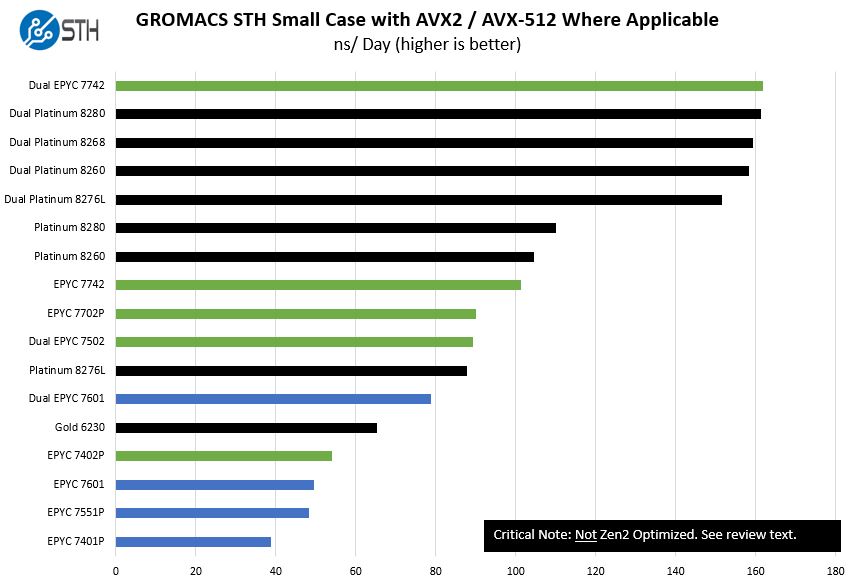DuronBurgerMan
[H]ard|Gawd
- Joined
- Mar 13, 2017
- Messages
- 1,340
fanboy whichever company you want.
when intel drops it's die size, it's going to still have the same tdp envelopes that amd cpu's have more or less depending on how they decide to market their processors. producing 110 watts at half the size of their current chips will yield the same issue we're seeing with zen2 in keeping the cores at below thermal throttling temps. Unless they chunk their cores into even smaller groups and spread them around on a much larger area without performance losses due to distance apart. Which is an unlikely design choice.
Going to 5nm with 110watt cpu's doesn't appear to be possible without a novel approach to moving heat out of those dies. Obviously, this is assuming we'll want ever faster cpu's instead of just ever more efficient ones at current day performance levels.
Better still: don't fanboy at all.
I post a lot of shit in the AMD forums these days. Because I have an AMD CPU, and because that's where all the really wild CPU development is happening right now.
But believe me, back in 2011, I was all in on Sandy Bridge hype. Because badass at the time - and still pretty decent today.
Sooner or later we'll see some really interesting moves on the Intel side again. Enjoy it! More good hardware for all of us.
![[H]ard|Forum](/styles/hardforum/xenforo/logo_dark.png)
